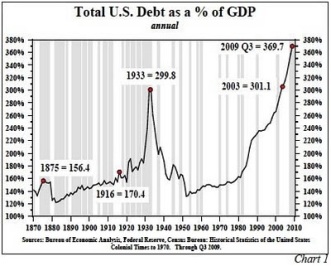Spain’s Bailout in mid-September says Goldman Sachs
August 23, 2012
By LUIS MIRANDA | THE REAL AGENDA | AUGUST 23, 2012
The Spanish government will wait at least until mid-September before requesting help from its European partners in order to properly assess what offers and under what conditions the European Central Bank (ECB), intends to use. This is what analysts at Goldman Sachs pointed to their clients.
“We continue to see Spain as the first in line in this respect (ask for help and accept the conditions), although we expect that there will be a request in mid-September at the earliest,” say analysts at the Wall Street bank.
So, consider that “the Spanish authorities will probably wait until they have clear what offers the ECB Council will present during the September 6 meeting, before deciding whether to make a request for support to the EFSF and, if so, how and when.”
In fact, the report from Goldman Sachs bets that Mario Draghi will unveiled a strategy at the next Council meeting with a plan to ‘guard the euro’ which will intend to curb the escalating sovereign debt interest rates of the countries of the euro zone.
In this sense, analysts expect the ECB to perform interventions “opportunistically” in debt maturities of the one to three years kind in order to prevent interest rate peaks required on short-term debt in countries where their obligations have paralyzed the debt markets several times.
However, the report from Goldman Sachs is more cautious about the possibility that the ECB will announce the purchase of large amounts of sovereign debt and believes that the institution will first attempt to reactivate private markets through sporadic interventions, instead of immediately replacing the private sector with its own balance sheet. That means the ECB may have to buy debt itself, in order to bring some peace to the markets and confidence to private debt buyers.
The possibility that Spain finally requests financial assistance by mid-September is best handled in the markets, as the country will face the maturity 26,351,000 (6,085,000 bonds and 20,266,000 in bonds and notes) in October.
In fact, the Treasury will have to attract about 79,968,000 from markets for the remainder of the year to fund outstanding maturities and the deficit, according to the primary market which has had access to Europa Press.
The maturities from August to December amounted to 45.968 million euros, to which must be added about half of the deficit forecast for this year (6.3%), which is about 30,000 million and 4,000 million that has been pledged to regional liquidity fund.
S&P will not slash Spain’s credit rating after request for bailout
S & P said today that it will probably keep Spain’s credit rating intact, even though the Spanish government may request a total rescue of the economy from Brussels and the International Monetary Fund.
In a statement, the Anglo-saxon agency notes that it maintains the negative outlook for Spain, whose long-term debt rate remains at BBB +, after the country sought a grant of up to 100,000 million for its banking system.
However, S&P warned that the credit worthiness will not fall any lower if the government of Spain requested a bailout of the total economy because the agency thinks it would be easier to successfully complete what Mariano Rajoy has called ‘the ambitious economic reform agenda’.


